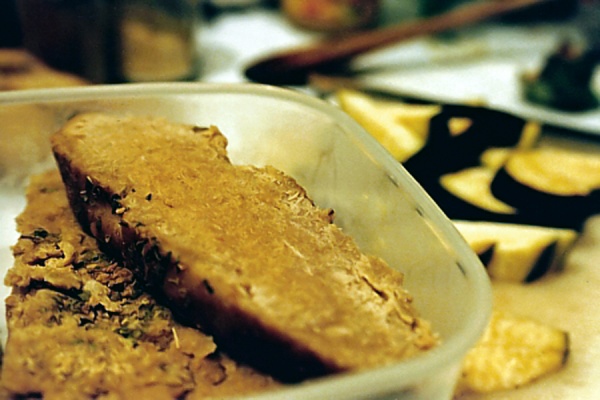Facts About Wheat gluten
Wheat gluten, commonly known as seitan in vegetarian and vegan circles, is a food derived from the primary protein in wheat. It is produced by washing wheat flour dough to eliminate the starch granules, leaving behind the stretchy, elastic gluten. This quality makes it a favored meat substitute, especially due to its chewy texture. However, it is vital to note that wheat gluten lacks the essential amino acid lysine.
The history of wheat gluten traces back to the 6th century in China, where it was especially cherished by Buddhists as a meat alternative. Over time, it became a staple ingredient in East and Southeast Asian cuisines and reached the Western world by the 18th century. The term "seitan" was introduced in 1961 by George Ohsawa in Japan and later brought to Western countries.
In Chinese cuisine, wheat gluten is known as mian jin and is available in various forms such as oily, steamed, and baked spongy gluten. In Japan, it is called fu and is available in both raw and dry-baked forms. In Vietnam, it is referred to as mì căng. Seitan also plays a significant role in the macrobiotic diet.
In Western countries, seitan has gained popularity as a meat substitute among vegetarians and vegans. It is available in various forms, including blocks, strips, and different shapes, and is incorporated into diverse dishes. Vital wheat gluten, a powdered form of gluten, is frequently used in baking to enhance dough elasticity.
The production process for wheat gluten involves hydrating wheat flour to activate the gluten, followed by starch removal. Seitan can be made using either vital wheat gluten or hard wheat flour, with the former being the more straightforward option. Beyond human consumption, wheat gluten is also used in animal feed. However, in 2007, concerns arose when it was found to be adulterated with melamine in China, leading to widespread pet food recalls.

 Laos
Laos